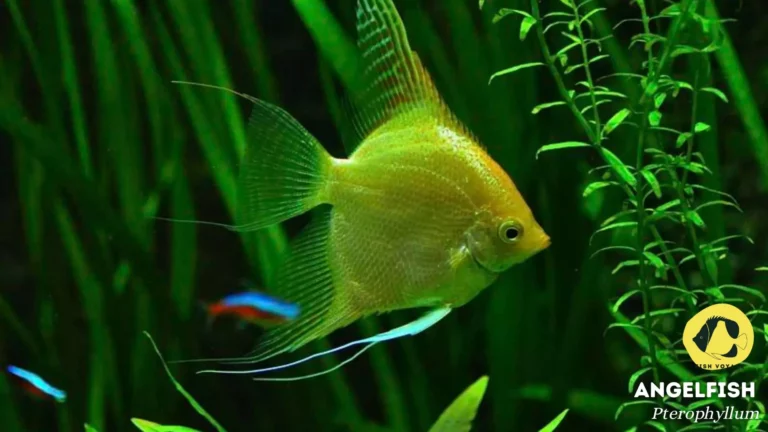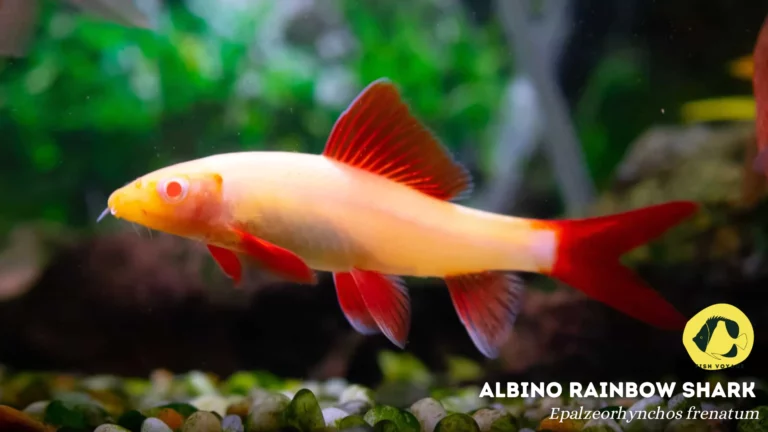The Ultimate List of Top 10 Red Community Fish
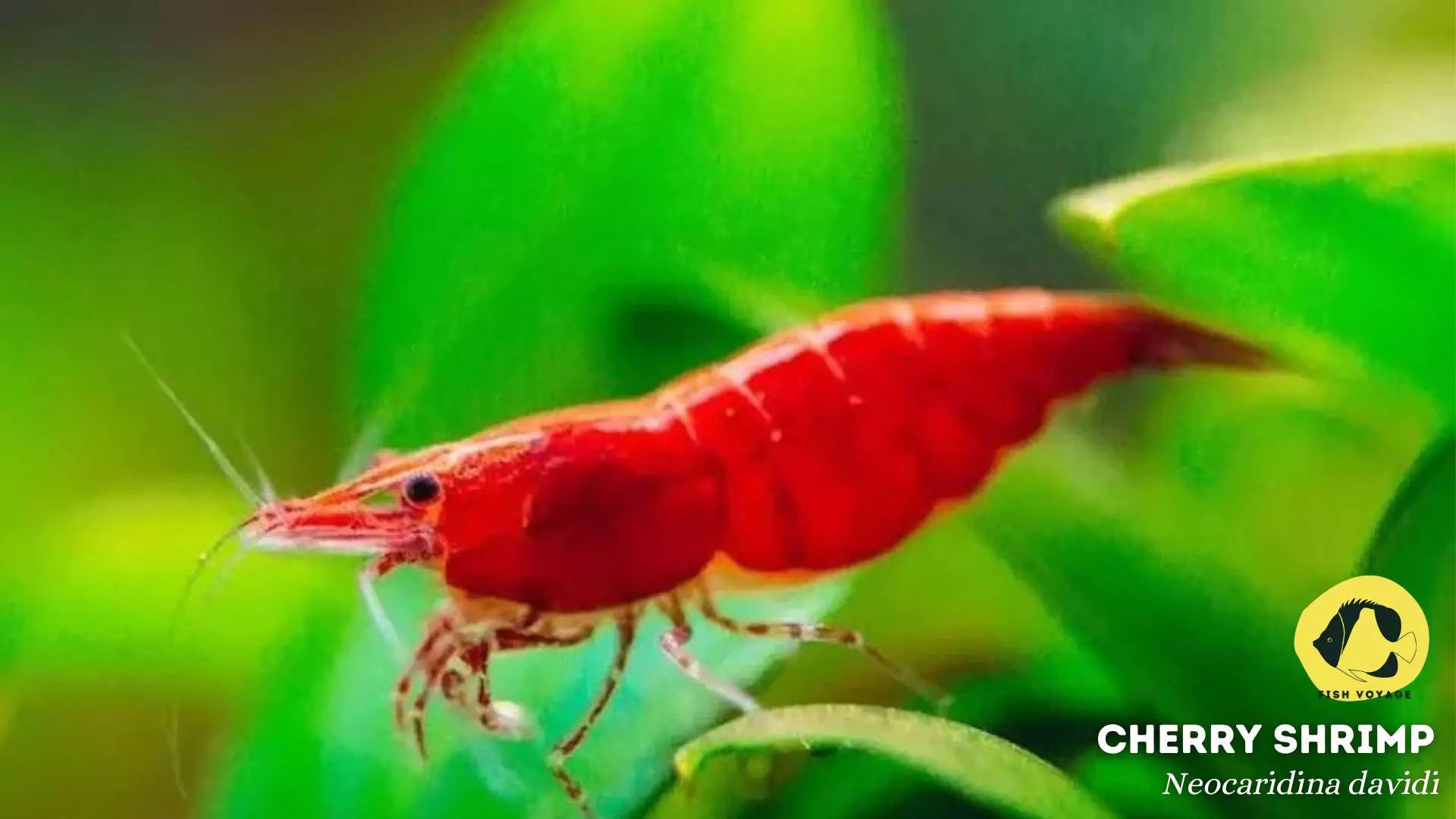
In the mesmerizing world of aquarium keeping, the allure of community fish brings both novices and seasoned enthusiasts together. These sociable aquatic companions not only add life to our tanks but also thrive in harmony with fellow tank mates. One key aspect that elevates the allure of these aquatic communities is the vibrant spectrum of colors they contribute to the underwater landscapes.
Among the myriad hues, the enchanting red tones stand out as a symbol of vitality and visual splendor. The importance of color in aquariums extends beyond mere aesthetics; it serves as a reflection of the well-being and vibrancy of our aquatic companions. In this exploration of the aquatic palette, we delve into the realm of the “Top 10 Red Community Fish”, uncovering the charismatic and diverse personalities that make them not only captivating residents of our tanks but also contributors to the kaleidoscope of life beneath the water’s surface.
Benefits of Red Community Fish
Vibrant and Eye-Catching Appearance
The allure of red-hued community fish lies in their vivid and eye-catching appearance, transforming aquariums into living canvases. From the fiery hues of Scarlet Badis to the striking red wagtails of Platy, these fish add a dynamic and visually stimulating element to your aquatic haven. Their vibrant colors not only captivate the beholder but also serve as a testament to the health and vitality of the aquatic ecosystem they inhabit.
Creating a Visually Appealing Aquarium
Red community fish play a pivotal role in curating a visually appealing aquarium that transcends the ordinary. The harmonious blend of red tones creates a captivating contrast against the aquatic backdrop, turning your tank into a breathtaking display of nature’s artistry. Whether in a planted paradise or a minimalist setup, the presence of red community fish elevates the aesthetic appeal, making the aquarium a focal point of beauty and tranquility.
Compatibility with Other Community Fish
Beyond their stunning aesthetics, red community fish are renowned for their amiable nature, fostering compatibility within diverse aquatic communities. From the sociable Cherry Barbs to the peaceful Rummy Nose Tetras, these red-hued companions coexist harmoniously with a myriad of tank mates. This compatibility not only enriches the visual diversity of the tank but also creates a balanced and thriving ecosystem where fish can flourish in the company of their fellow aquatic residents.
Incorporating red community fish into your aquarium not only enhances its visual allure but also promotes a harmonious environment, where the captivating shades of red contribute to the overall well-being of the aquatic community.
Criteria for Selection
Temperament and Behavior
When choosing red community fish for your aquarium, understanding their temperament and behavior is paramount. Each species possesses distinct social dynamics, ranging from the lively schooling behavior of Ember Tetras to the serene nature of Cherry Shrimp. Considering the compatibility of these vibrant companions ensures a harmonious aquatic community, preventing potential conflicts and fostering a tranquil coexistence.
Tank Size and Water Parameters
The successful integration of red community fish hinges on a thoughtful consideration of tank size and water parameters. Different species have specific space requirements and water conditions for optimal health. Whether accommodating the active nature of Rosy Barbs in a larger tank or ensuring the precise water parameters for the delicate Scarlet Badis, adherence to these criteria promotes a thriving environment and safeguards the well-being of your aquatic residents.
Ease of Care for Beginners
For those embarking on their aquatic journey, the ease of care for red community fish is a pivotal factor. Certain species, such as the hardy Cherry Barb, prove to be excellent choices for beginners, requiring minimal maintenance while providing a visually stunning addition to the tank. Understanding the unique needs of each species empowers novice aquarists to create a vibrant and flourishing aquarium, establishing a foundation for a rewarding and enjoyable aquatic hobby.
In the careful selection of red community fish, the consideration of temperament, tank size, and ease of care ensures a thoughtful and informed approach, setting the stage for a thriving aquatic community within your aquarium.
Top 10 Red Community Fish
Cherry Barb

Description and Characteristics
The Cherry Barb (Puntius titteya) is renowned for its vibrant red hue and engaging personality. With a streamlined body adorned in cherry-red tones, these fish captivate onlookers with their lively demeanor. Their small size and distinctive fin patterns contribute to their charm, making them a sought-after addition to community aquariums.
Care Tips and Compatibility
Maintaining a thriving environment for Cherry Barbs involves providing a well-planted tank with subdued lighting. These fish thrive in a community setting, exhibiting peaceful behavior when housed with other non-aggressive species. A diet rich in high-quality flakes and occasional live foods enhances their coloration and overall well-being.
Ember Tetra
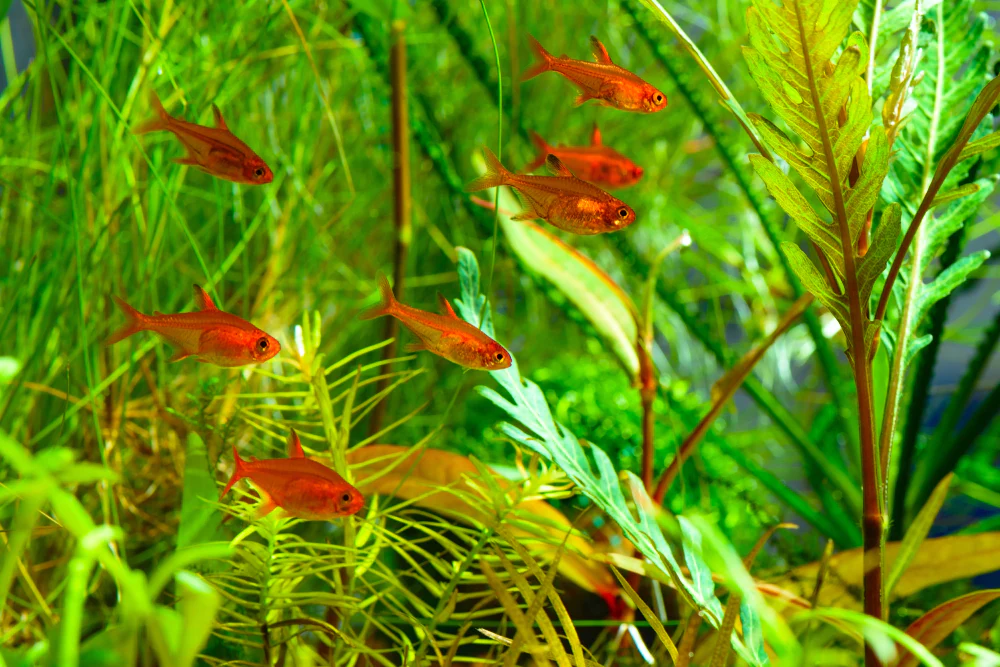
Features and Behavior
The Ember Tetra (Hyphessobrycon amandae) brings a fiery glow to the aquarium with its distinctive orange-red hue. These small, schooling fish create a captivating spectacle as they move in unison. Their peaceful nature makes them an ideal choice for community tanks, contributing both color and movement.
Ideal Tank Conditions
Ember Tetras thrive in planted aquariums with soft, slightly acidic water. A well-filtered tank with subdued lighting mimics their natural habitat. Keeping them in groups of six or more enhances their sense of security and allows their vibrant colors to shine.
Platy – Red Wagtail
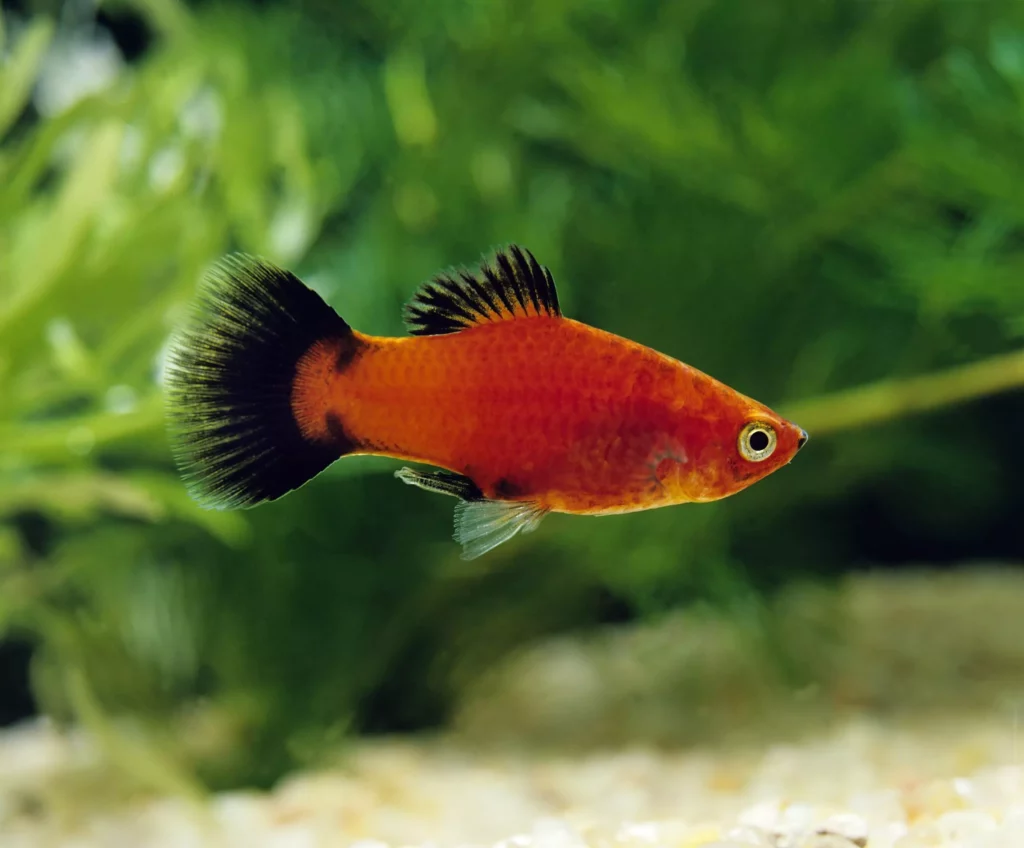
Notable Features and Care Guidelines
The Red Wagtail Platy (Xiphophorus maculatus) boasts a distinctive red coloration accentuated by a gracefully trailing tail. These livebearers are easy to care for, making them suitable for beginners. Regular feedings of high-quality flakes and occasional live or frozen foods contribute to their health and color vibrancy.
Community Tank Suitability
Red Wagtail Platys are amiable community fish, coexisting peacefully with other peaceful species. Their sociable nature and vibrant appearance make them a delightful addition to a community aquarium, bringing color and activity to the tank.
Kuhli Loach
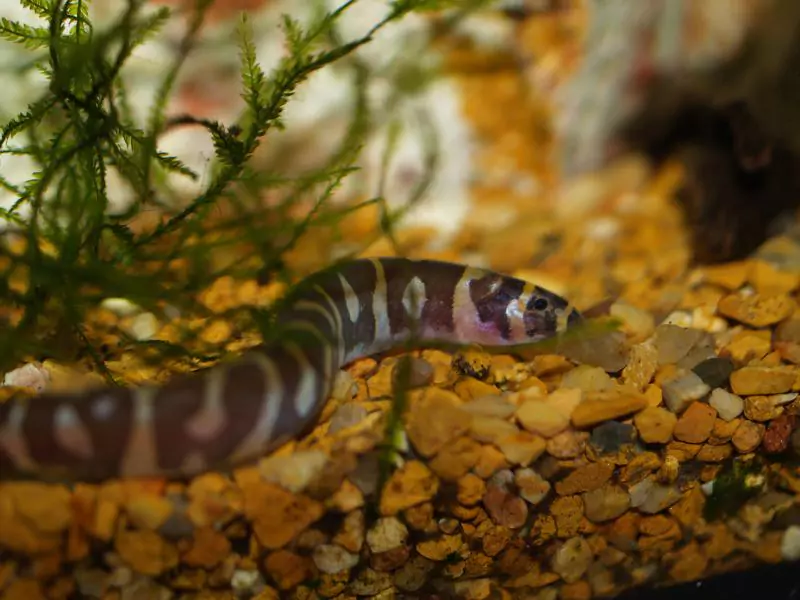
Unique Traits and Habitat Preferences
The Red Kuhli Loach (Pangio kuhlii) stands out with its slender, eel-like body and distinctive red and brown markings. These nocturnal bottom-dwellers prefer well-planted tanks with hiding spots. Their peaceful demeanor and captivating appearance make them a unique addition to community setups.
Interaction with Other Fish
Red Kuhli Loaches are generally peaceful but benefit from the company of their own kind. They coexist well with other non-aggressive tank mates. Providing a substrate with soft sand allows them to exhibit their natural burrowing behavior.
Scarlet Badis
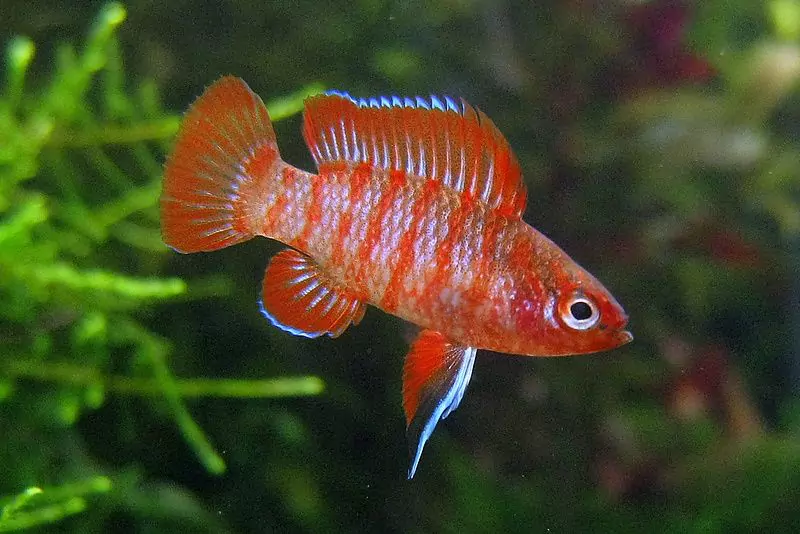
Overview and Distinct Attributes
The Scarlet Badis (Dario dario) is a diminutive gem, adorned in shades of red and blue. Known for their vibrant colors and intricate patterns, these fish add a touch of elegance to nano aquariums. Despite their small size, Scarlet Badis exhibit bold behavior and captivating courtship displays.
Tips for Maintaining a Thriving Environment
Creating a thriving environment for Scarlet Badis involves replicating their native conditions with dense vegetation and subdued lighting. Providing small live or frozen foods is essential for their well-being. Due to their territorial nature, it’s advisable to keep them in pairs or small groups in appropriately sized tanks.
Serpae Tetra
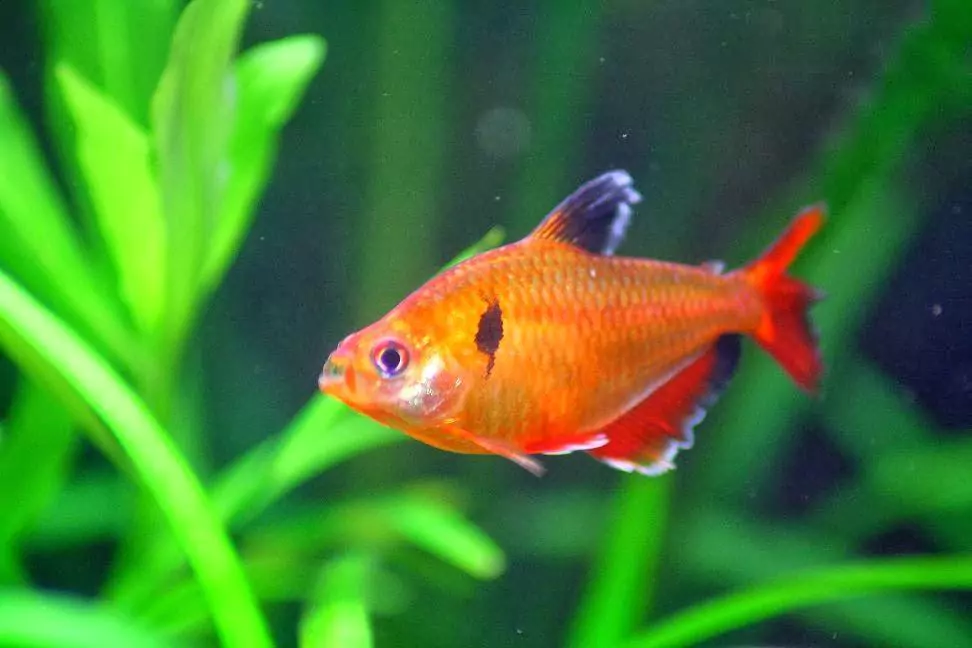
Appearance and Schooling Behavior
Serpae Tetras (Hyphessobrycon eques) are adorned in striking red and black hues, creating a visually arresting spectacle. Their schooling behavior adds dynamic movement to the aquarium, making them a popular choice among aquarists seeking active and colorful community fish.
Potential Challenges and Solutions
While Serpae Tetras are generally peaceful, their nipping behavior may pose challenges in community setups. Ensuring a sufficient group size and providing ample hiding spots can mitigate aggression. Compatibility with other mid-sized or larger fish helps maintain harmony in the tank.
Cherry Shrimp
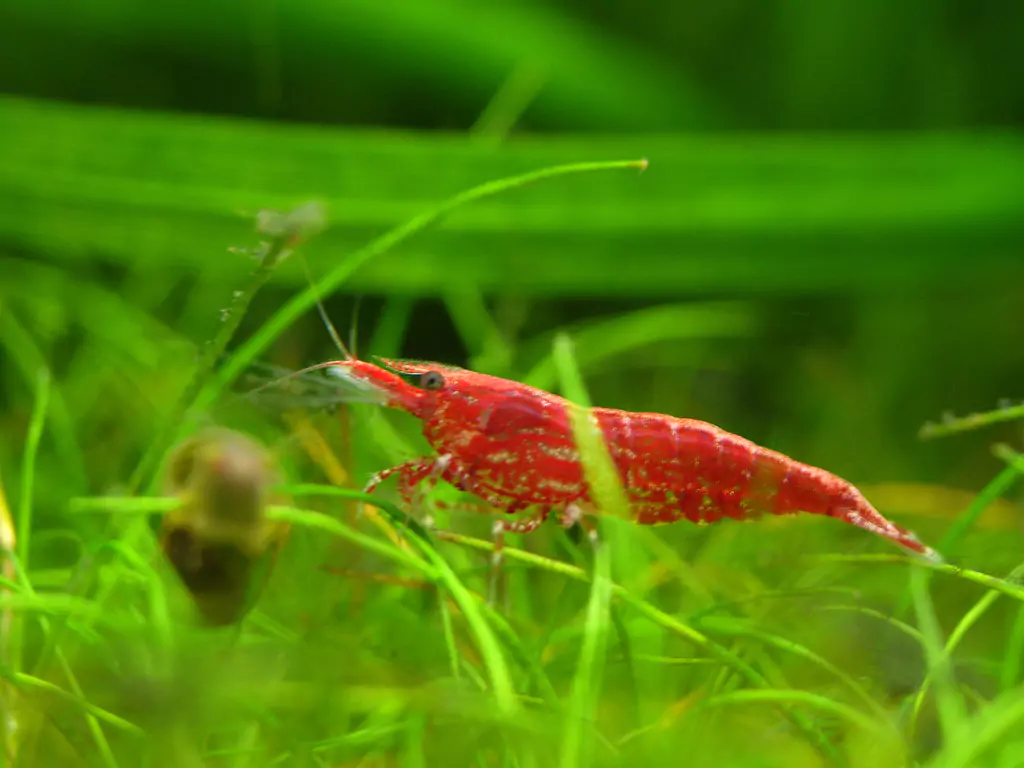
Inclusion of Invertebrates in a Community Tank
Cherry Shrimp (Neocaridina davidi) introduce a unique and beneficial dynamic to community aquariums. Their bright red coloration and engaging behavior make them fascinating additions. These invertebrates contribute to the tank’s ecosystem by helping control algae and providing a captivating display of natural behavior.
Care Considerations and Compatibility
Maintaining Cherry Shrimp involves providing a well-established, planted tank with hiding spots. While generally peaceful, caution should be exercised when keeping them with larger or more aggressive fish. Ensuring a balanced diet and stable water parameters supports the health and vibrancy of Cherry Shrimp.
Rosy Barb
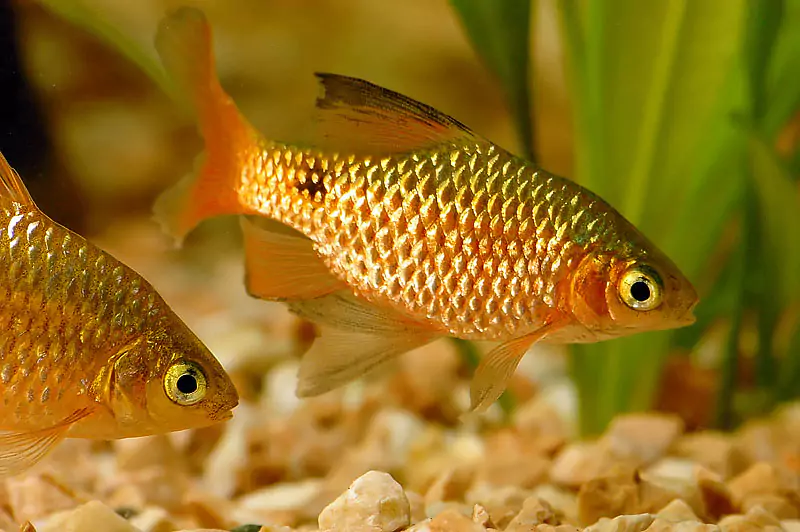
Characteristics and Color Variations
Rosy Barbs (Pethia conchonius) are characterized by their rosy-red bodies and distinctive black markings. These active and schooling fish add a burst of energy to community aquariums. Their dynamic behavior and striking coloration make them a popular choice for both beginner and experienced aquarists.
Tank Setup and Social Dynamics
Rosy Barbs thrive in well-planted tanks with ample swimming space. Keeping them in a group of at least five individuals minimizes stress and encourages their natural schooling behavior. While generally peaceful, monitoring their interactions with other tank mates ensures a harmonious community.
Rummy Nose Tetra

Schooling Behavior and Visual Impact
The Rummy Nose Tetra (Hemigrammus rhodostomus) is celebrated for its vibrant red nose and sleek silver body. When kept in a school, these tetras create a captivating visual impact. Their schooling behavior adds a sense of unity to the aquarium, making them a popular choice for planted community setups.
Water Conditions for Optimal Health
Maintaining Rummy Nose Tetras involves providing clean, well-aerated water with stable parameters. These tetras thrive in planted tanks with subdued lighting. Ensuring a proper diet, including high-quality flakes and small live or frozen foods, enhances their coloration and overall health.
Blood Parrot Cichlid
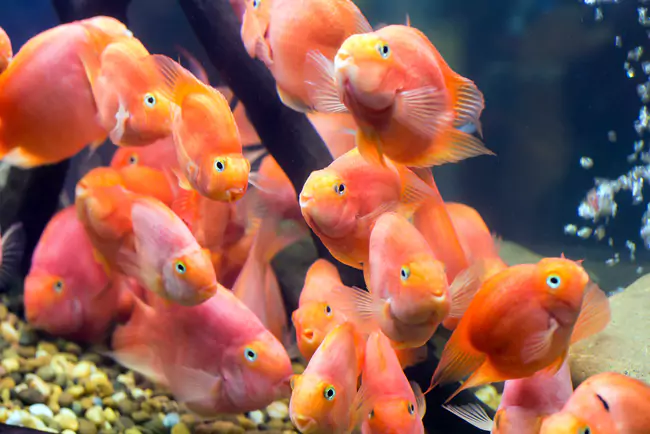
Special Considerations for This Unique Fish
The Blood Parrot Cichlid, with its distinctively shaped body and vibrant red coloration, is a captivating and controversial addition to the aquarium world. Known for their unique appearance and engaging personalities, these fish require special considerations, including suitable tankmates and proper care.
Potential Challenges and Rewards
While the Blood Parrot Cichlid can be a rewarding companion, their care involves addressing specific challenges, such as their susceptibility to certain health issues. Choosing tankmates wisely and providing a well-maintained environment with appropriate decorations enhances their well-being and allows their vibrant colors to flourish.
Tips for Keeping Red Community Fish
Maintenance and Water Quality
Proper maintenance and water quality are paramount for the health and vibrancy of red community fish. Regular water changes, filtration upkeep, and monitoring water parameters ensure a stable and thriving aquatic environment. Red hues are particularly sensitive to water conditions, so maintaining optimal parameters—such as stable pH and temperature—ensures that your vibrant aquatic companions exhibit their full spectrum of colors. Invest in a reliable water testing kit and adhere to a consistent maintenance schedule to provide the pristine conditions necessary for the well-being of your red community fish.
Feeding Guidelines for Optimal Coloration
The radiant red hues of your community fish can be enhanced through a thoughtfully curated diet. Opt for high-quality, color-enhancing fish foods rich in carotenoids, such as astaxanthin and beta-carotene. Supplementing their diet with occasional live or frozen foods provides essential nutrients that contribute to vivid coloration. Be mindful not to overfeed, as excess food can compromise water quality. Tailoring their diet to their specific nutritional needs ensures that your red community fish showcase their most vibrant and captivating colors.
Observing and Addressing Signs of Stress or Illness
Vigilance in observing the behavior of your red community fish is crucial for early detection of any signs of stress or illness. Red hues may fade when fish are stressed or unwell. Monitor their swimming patterns, feeding habits, and interactions with tank mates. Rapid or labored breathing, lethargy, or changes in coloration can be indicators of potential issues. Should any abnormalities arise, promptly investigate and address potential stressors, such as overcrowding or incompatible tank mates. Consultation with a qualified aquatic veterinarian and timely intervention can make a significant difference in maintaining the health and vibrancy of your red community fish.
In adhering to these tips for maintenance, feeding, and vigilant observation, you ensure that your red community fish not only thrive in their environment but also exhibit the radiant and captivating colors that make them the focal point of your aquatic haven.
Conclusion
Recap of Top 10 Red Community Fish
As we conclude our exploration of the top 10 red community fish, the aquarium world has unfolded a vibrant spectrum of aquatic companions that not only add color but also personality to our underwater realms. From the captivating Cherry Barb to the uniquely shaped Blood Parrot Cichlid, each species contributes its own charm to the community tank. The red hues, in particular, serve as a visual testimony to the beauty and vitality these aquatic companions bring to the carefully curated ecosystems within our aquariums. Whether you’re a seasoned hobbyist or just beginning your aquatic journey, the diversity within this selection offers a palette of choices to suit various preferences and tank setups.
Encouragement for Readers to Explore and Enjoy Vibrant Aquariums
Embarking on the journey of creating and maintaining a vibrant aquarium is not just a hobby; it’s an immersive experience that connects us to the wonders of aquatic life. As you consider introducing red community fish into your tank, we encourage you to delve into the intricacies of their care, observe their unique behaviors, and appreciate the ever-changing tableau they create.
The aquarium, with its living tapestry of colors and movement, becomes a source of tranquility and fascination. Dive into the world of vibrant aquariums, and let the allure of these red community fish inspire you to create a masterpiece that captivates both the eye and the soul. Your journey into the aquatic realm is not only an investment in the well-being of your aquatic companions but also a journey of discovery and appreciation for the beauty that unfolds beneath the water’s surface.
In the tapestry of aquascaping, where the hues of red dance alongside the currents, may your aquarium be a reflection of the joy and wonder that comes from nurturing and enjoying the vibrant life within.
Additional Resources
Links to Reputable Sources for Further Information
For comprehensive insights into red community fish care, behavior, and species-specific details, consider exploring reputable sources such as authoritative aquarium forums, well-established online publications, and educational websites. Websites like Aquarium Advice and Aquarium Co-op offer a wealth of information, including forums where experienced aquarists share their knowledge and insights.
Recommended Products for Maintaining a Red Community Fish Tank
To ensure the optimal care of your red community fish, consider investing in high-quality products. Quality fish food brands, such as Omega One, offer nutrient-rich options for vibrant coloration. Reliable water testing kits, aid in monitoring water parameters. For efficient filtration, consider reputable brands such as Fluval. When it comes to aquarium decorations, AquaScapeOnline provides a diverse selection of ornaments and plants to create an enriching environment.
Exploring these recommended products and sources can contribute to the success and longevity of your red community fish tank.
Frequently Asked Questions (FAQs)
1. Are red community fish beginner-friendly for aquarium enthusiasts?
Yes, several red community fish, such as the Cherry Barb and Red Wagtail Platy, are well-suited for beginners. These species are known for their hardiness, ease of care, and ability to thrive in community setups with proper attention to tank conditions.
2. What methods can I use to enhance the vibrant colors of red community fish?
To enhance the coloration of red community fish, provide a balanced diet with color-enhancing foods rich in carotenoids. Additionally, maintaining stable water conditions, appropriate lighting, and a well-balanced environment contributes to the optimal expression of their vibrant hues.
3. What is the ideal tank size for keeping red community fish?
The ideal tank size for red community fish varies by species. Generally, providing at least a 20-gallon tank for smaller species like Cherry Barbs and Ember Tetras is recommended. Larger species, such as Rosy Barbs and Blood Parrot Cichlids, may require larger tanks to accommodate their size and activity levels.
4. Is it possible for different species of red community fish to coexist in the same aquarium?
Yes, with careful consideration of their compatibility, different species of red community fish can coexist in the same tank. Understanding the temperament and social dynamics of each species is crucial to creating a harmonious community environment.
5. How can I identify signs of stress or illness in red community fish?
Signs of stress or illness in red community fish may include changes in coloration, abnormal swimming patterns, lethargy, or labored breathing. Regular observation, prompt intervention, and consultation with a qualified aquatic veterinarian can help address potential issues and maintain the well-being of your red community fish.

